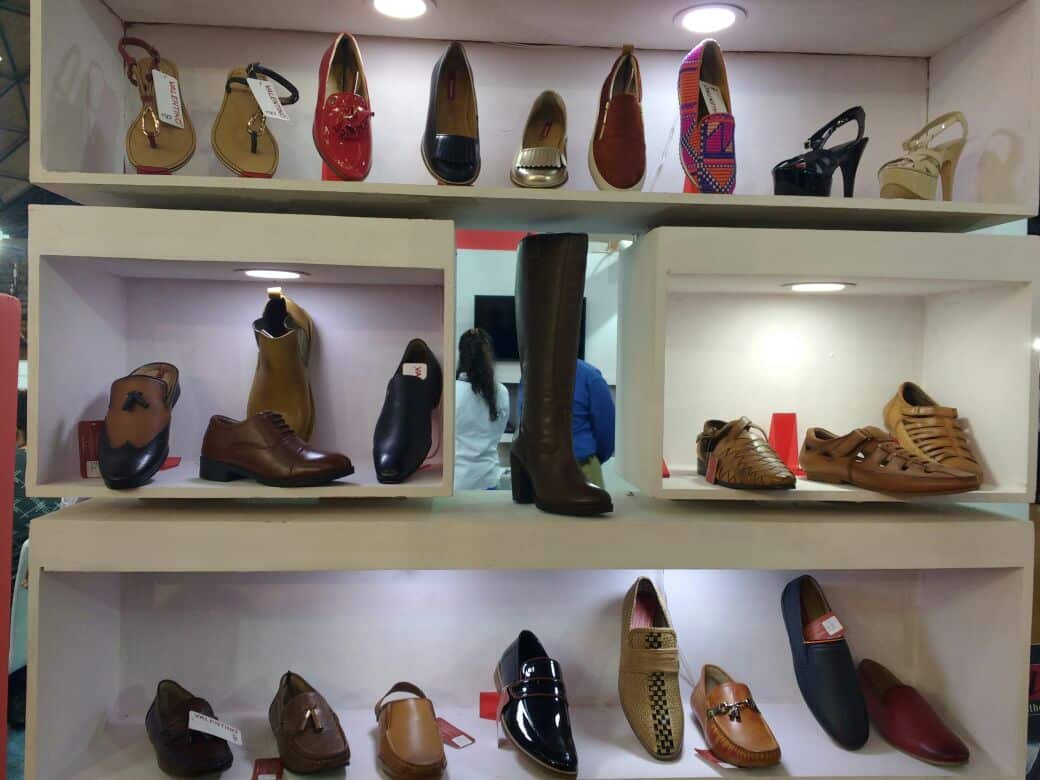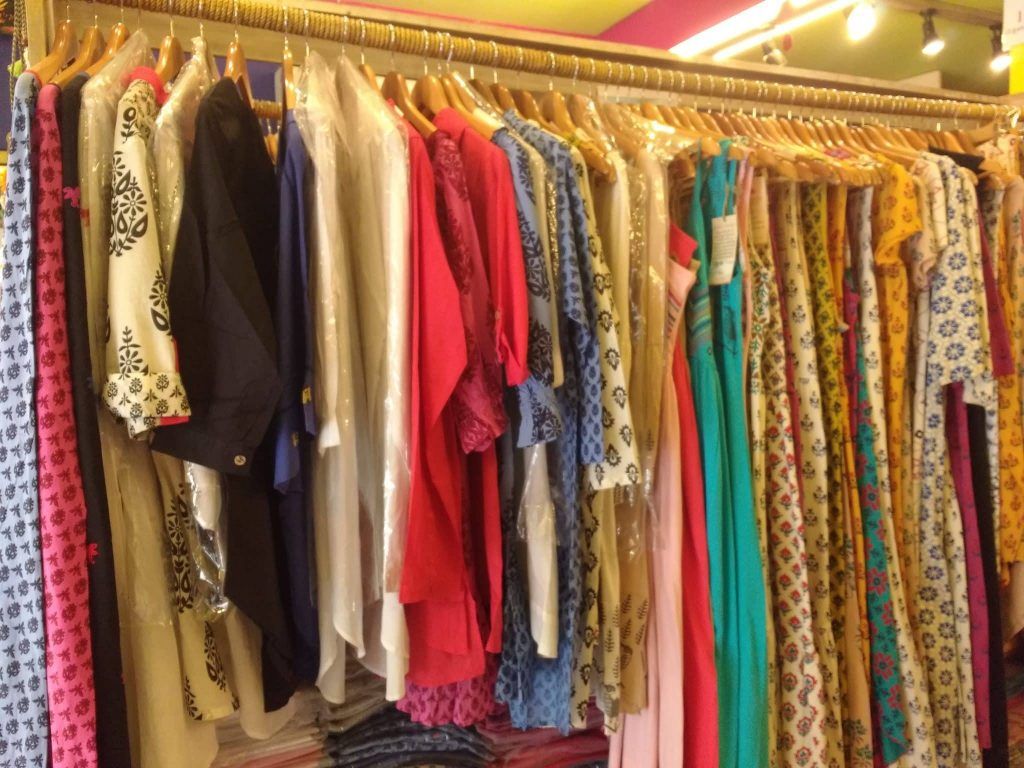The art of sewing has been an integral part of human history, evolving from a basic survival skill to a cherished craft and profitable business. With the rise of DIY culture and a renewed interest in sustainable fashion, opening a sewing store can be both a passion project and a lucrative venture. However, like any business, success doesn’t come without careful planning and execution. This article will guide you through the essential steps to establish a thriving sewing store.
- Understand Your Market
Before diving into the world of fabrics and threads, it’s crucial to understand your target market. Are you catering to professional tailors, hobbyists, or a mix of both? Conduct market research to identify potential competitors, understand customer preferences, and determine gaps in the market. This can involve online surveys, focus groups, or simply visiting other sewing stores. By understanding your audience’s needs and preferences, you can tailor your offerings and services to meet their demands. - Choose the Right Location
Location plays a pivotal role in the success of a brick-and-mortar store. Look for a spot with good foot traffic, easy accessibility, and proximity to complementary businesses like craft stores or fashion boutiques. Ensure the space is large enough to display your products and provide areas for workshops or classes if you plan to offer them. Remember, your store’s ambiance is as important as its inventory. A well-lit, organized, and inviting space can make all the difference in attracting and retaining customers. - Curate a Diverse Inventory
A successful sewing store isn’t just about selling needles and threads. It’s about offering a diverse range of products that cater to different sewing needs. Stock up on a variety of fabrics, patterns, sewing machines, tools, and accessories. Consider collaborating with local artisans or designers to offer exclusive products. Regularly update your inventory based on trends, seasons, and customer feedback. Offering kits for beginners or themed packages can also be a unique selling point. - Offer Value-Added Services
Diversifying your services can set you apart from competitors. Consider offering sewing classes, machine repair services, or custom tailoring. Hosting workshops with guest instructors or organizing sewing events can create a sense of community and draw in new customers. These value-added services not only provide additional revenue streams but also position your store as a hub for sewing enthusiasts. - Invest in Marketing and Branding
In today’s digital age, a strong online presence is paramount. Create a user-friendly website showcasing your products, services, and any upcoming events. Engage with customers on social media platforms, sharing sewing tips, tutorials, and customer testimonials. Consider offering loyalty programs or referral discounts to encourage repeat business. Offline, participate in craft fairs, collaborate with local businesses, or sponsor community events to increase visibility. - Prioritize Customer Service
The heart of any successful business is its customers. Train your staff to be knowledgeable, friendly, and attentive. Listen to customer feedback and be open to suggestions. A satisfied customer is not only likely to return but can also become a brand ambassador, spreading the word about your store. Offering after-sales support, easy return policies, and personalized recommendations can go a long way in building trust and loyalty. - Implementing a Robust POS System
In the modern retail landscape, a Point of Sale (POS) system is more than just a cash register. A tailored sewing store POS system can streamline inventory management, track sales patterns, and offer insights into customer preferences. Opt for a POS that integrates with e-commerce platforms if you plan to sell online. Features like real-time inventory updates, customer relationship management, and sales analytics can be invaluable.
Additionally, a user-friendly interface can enhance the checkout experience, ensuring customers leave with a positive impression. Investing in a reliable and feature-rich POS system not only simplifies store operations but also provides data-driven insights to inform business decisions.
Key Takeaways
Opening a sewing store is a journey that combines passion with business acumen. By understanding your market, choosing the right location, curating a diverse inventory, offering value-added services, investing in marketing, and prioritizing customer service, you can weave the fabric of a successful sewing business. Remember, in the world of sewing, it’s the intricate details that make the masterpiece. Approach your business with the same care and precision, and you’ll stitch together a legacy of success.











